When it also makes your ribcage hum and the braking zones evaporate, it turns out to be rather gorgeous. Give your eyes a week. Your stopwatch won’t need one.
The first time you see the F80 you might mutter, “Good grief.” It’s all brawn and blade, a carbon-composite argument that refuses to sit quietly in a glass box next to a 250 Lusso. But if you think it’s “ugly,” you’re really confessing you haven’t met modern speed up close. This is what happens when a company that has won Le Mans twice in a row decides to sculpt air like a weapon and then bolts a number plate to it. It isn’t supposed to look calm. It’s supposed to look inevitable.
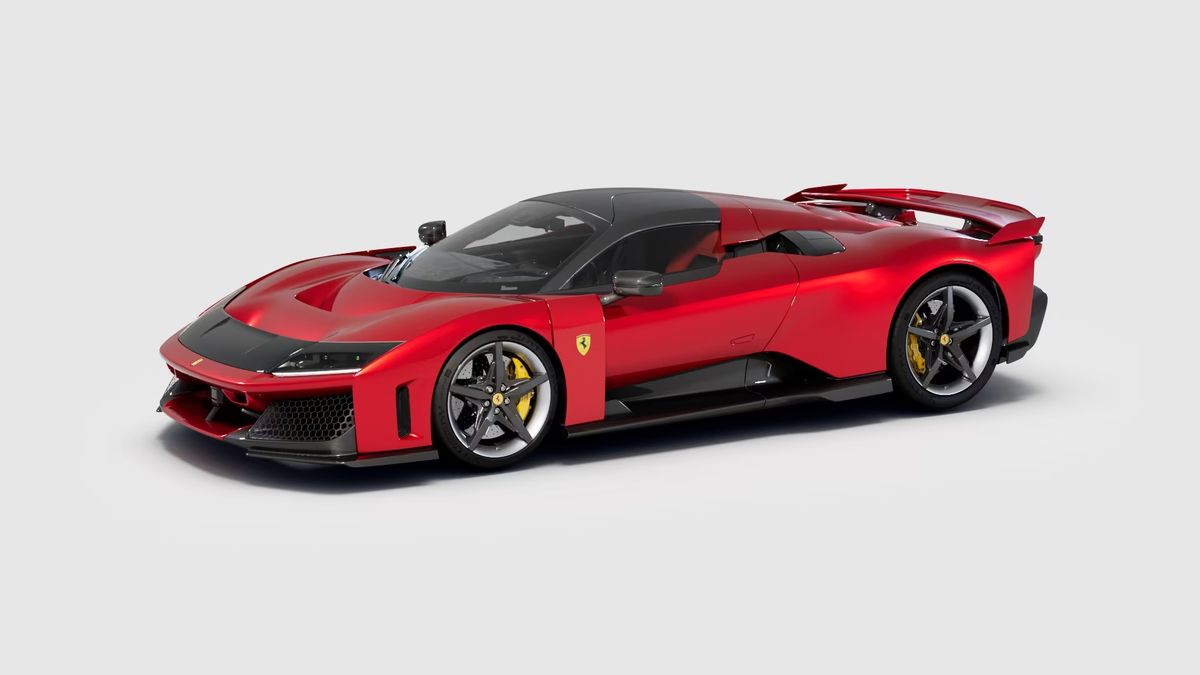
Under Chief Design Officer Flavio Manzoni, Ferrari’s Centro Stile doesn’t doodle pretty shapes and hope the engineers bless them later; the process is integrated, with aero and design locked in a feedback loop from day one.

That’s why the F80’s “dihedral” body sections, the F40-evoking vertical wheel-arch blades, and the new “1+” offset cabin aren’t styling gimmicks: they’re structural and aerodynamic choices that put the driver at the exact center of the storm. Even the steering wheel is new—smaller boss, flattened rims, real buttons you can find by feel—because control at 300 km/h starts with thumbs, not touchscreens.
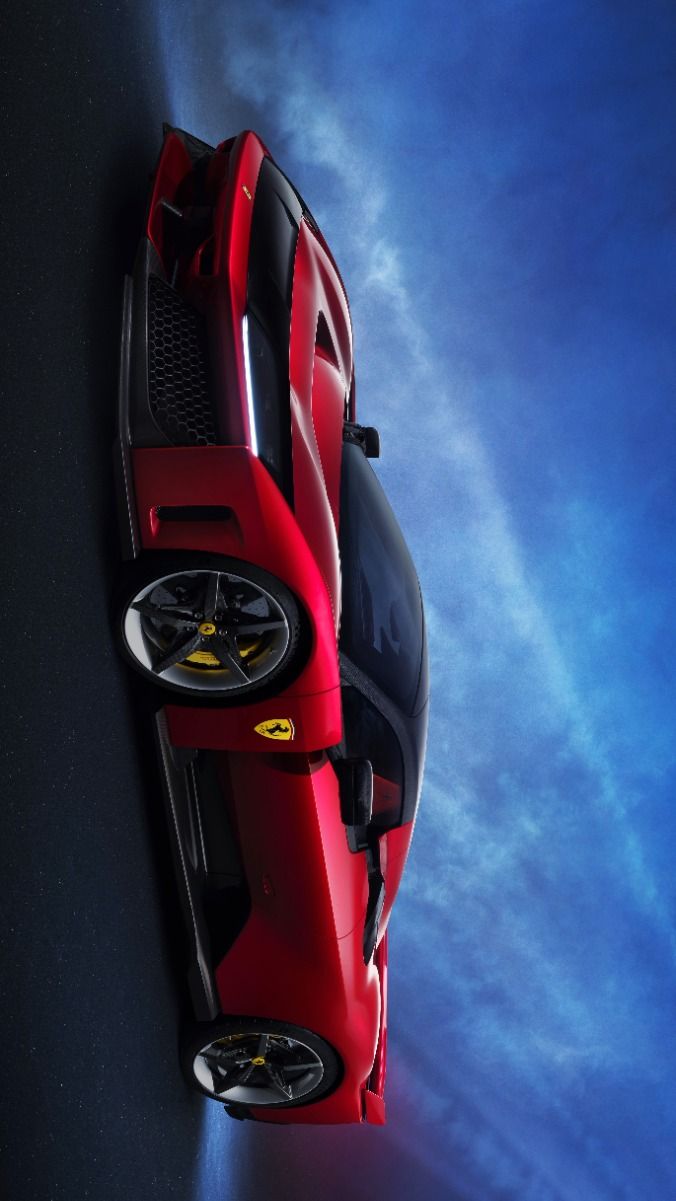
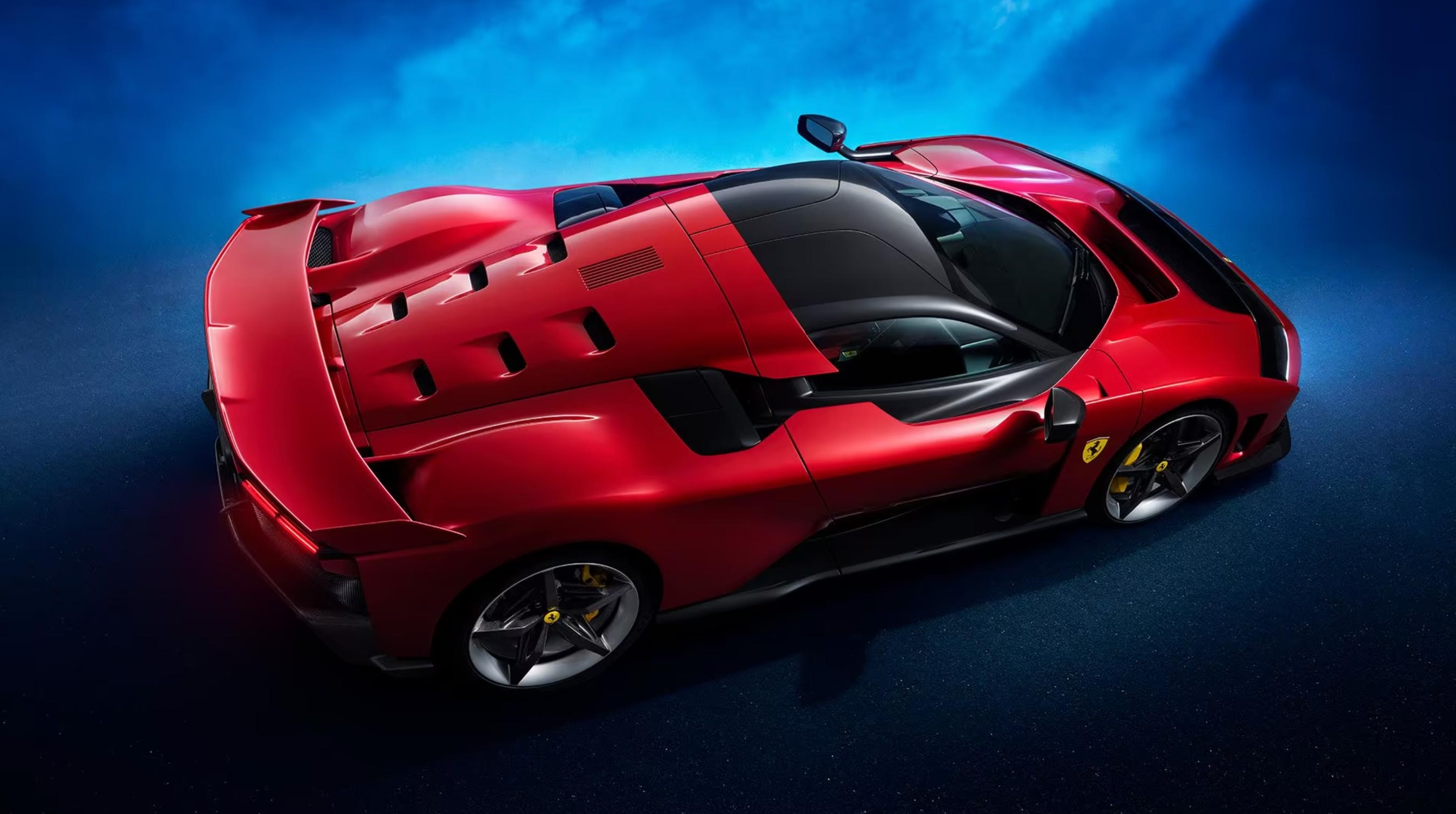
Up front, the S-Duct hides a triple-plane wing inspired by the 499P hypercar; along the flanks, NACA-reimagined inlets and opposing fins harvest vorticity; underneath, a three-dimensional floor and bargeboards build ground effect like a racetrack science project. At the back, an active rear wing moves seamlessly between high-downforce and low-drag states, synchronized with active suspension and a front Active Reverse Gurney. The diffuser is so vast Ferrari rotated the engine-gearbox unit 1.3° to make room, then sealed the underbody with bespoke tyre “blow” ducts. Result: 1,050 kg of downforce at speed, and an aero balance that stays with you through the corner instead of deserting you at the apex. Physics as attitude.
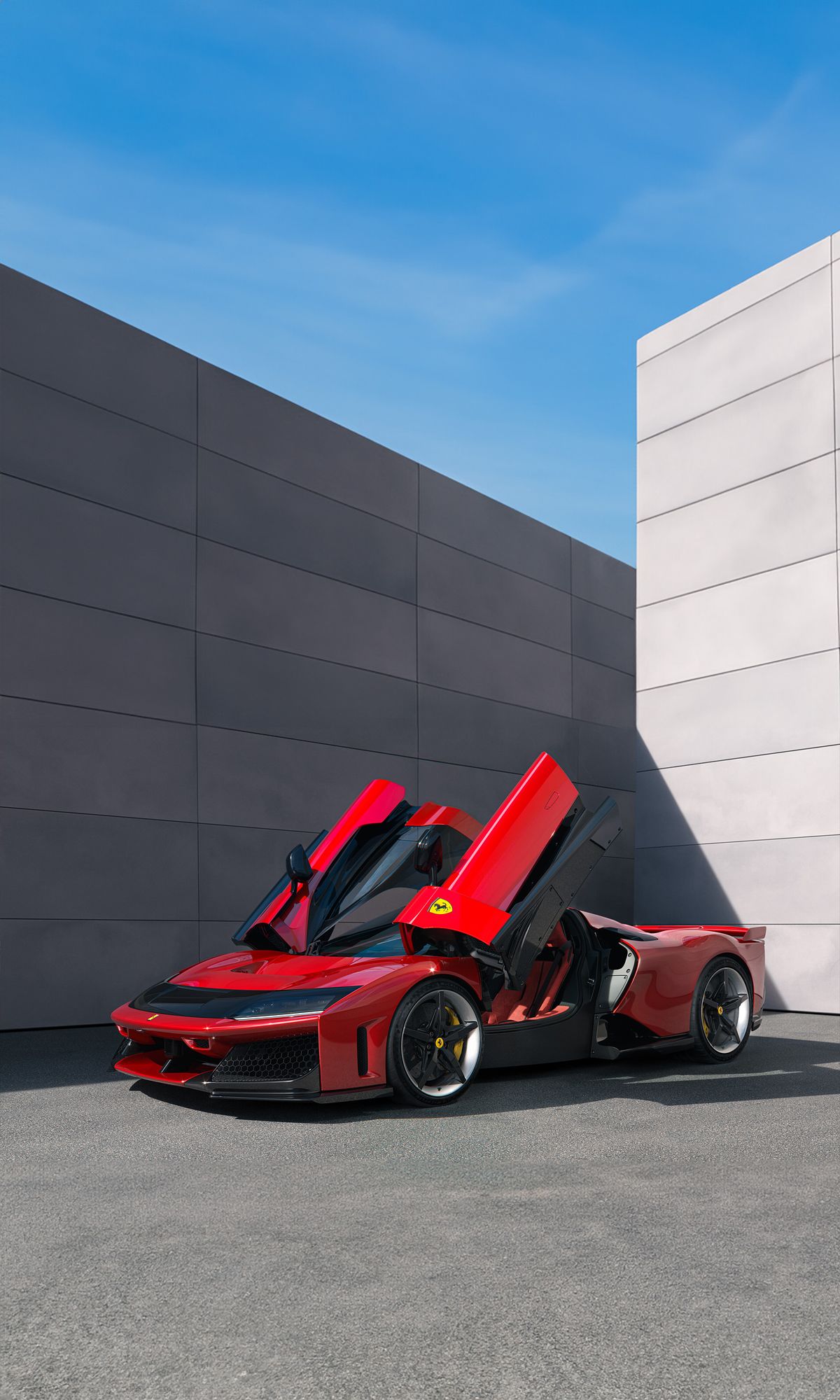
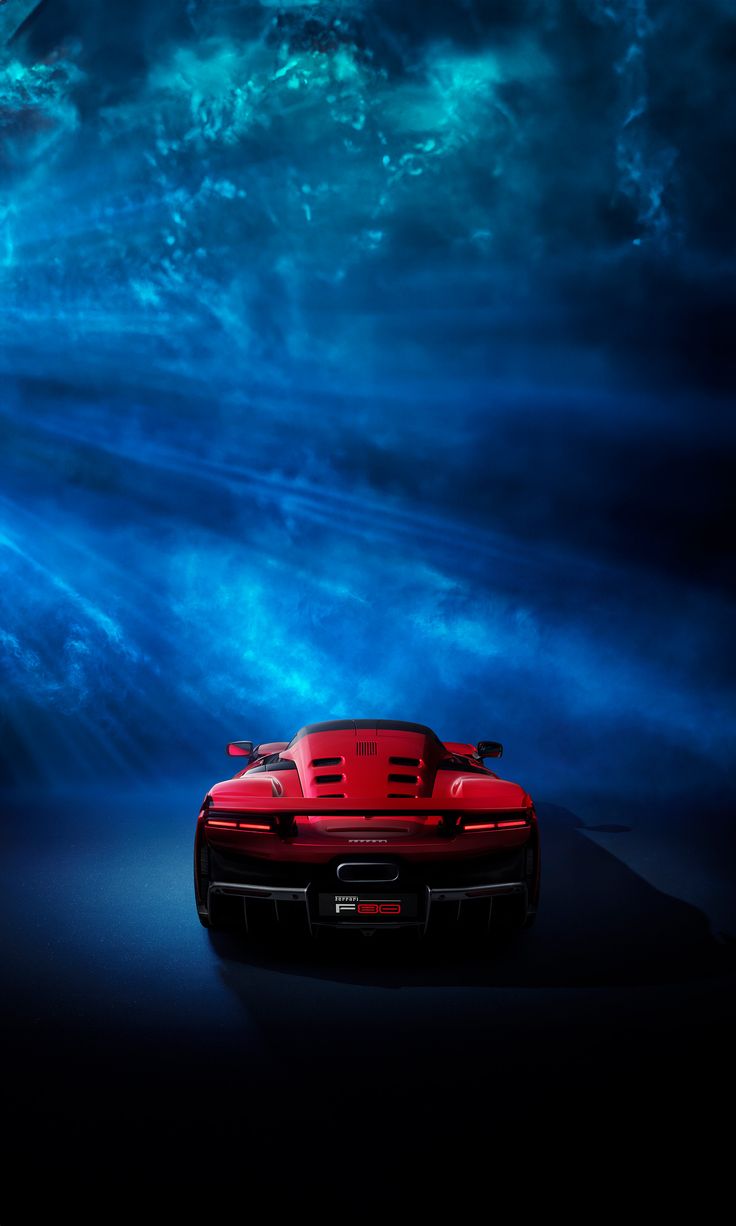
The heart is a 3.0-litre, 120° V6—code F163CF—that makes 900 hp on its own (a scarcely believable 300 hp/l), aided by an MGU-K and an e-axle with two front motors for a combined 1,200 hp. The architecture and many components draw straight from the 499P that conquered La Sarthe; the hybrid system runs up to 800V, and even the turbo strategy is informed by Ferrari’s endurance and F1 programs. It’s not nostalgia; it’s technology with a trophy case.

Numbers are easy; making them behave is the art. The F80 debuts SSC 9.0 with FIVE—a “digital twin” estimator that reads the car’s state in real time and predicts the next one, so stability systems act like skilled co-drivers rather than fun police. The re-engineered 48V active suspension (evolved from Purosangue hardware) keeps the platform calm while still letting the underbody do its dark magic.
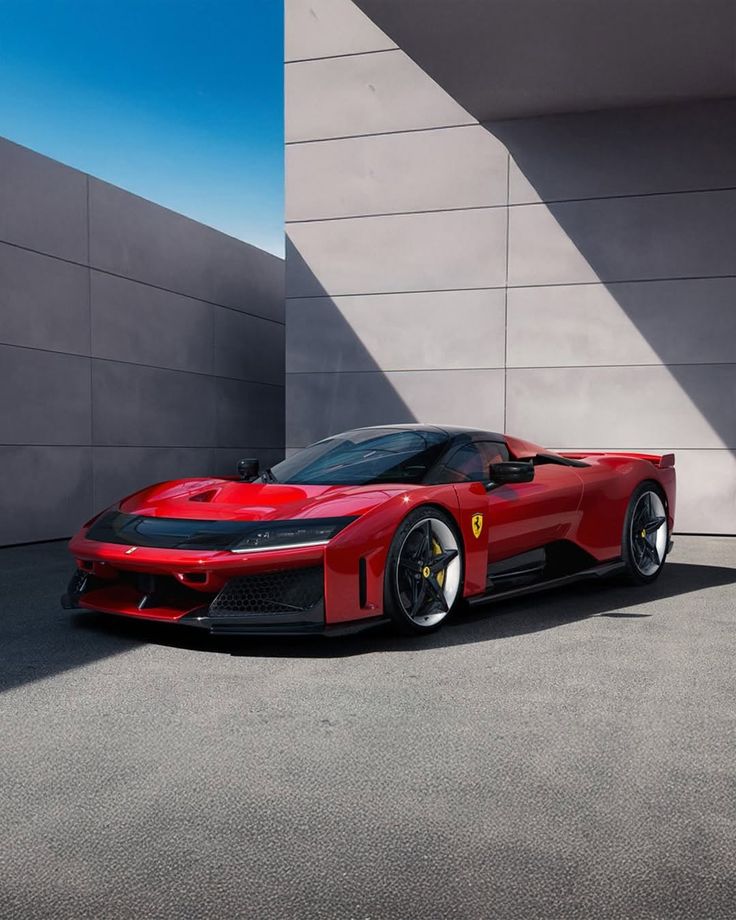
New CCM-R Plus brakes use longer carbon fibres and SiC-coated surfaces to shrug off heat and reduce bedding time; magazine tests highlight 3D-printed suspension arms shaped for stiffness and lightness where it matters most. This is the calm hand on the small of your back just as the horizon goes elastic.
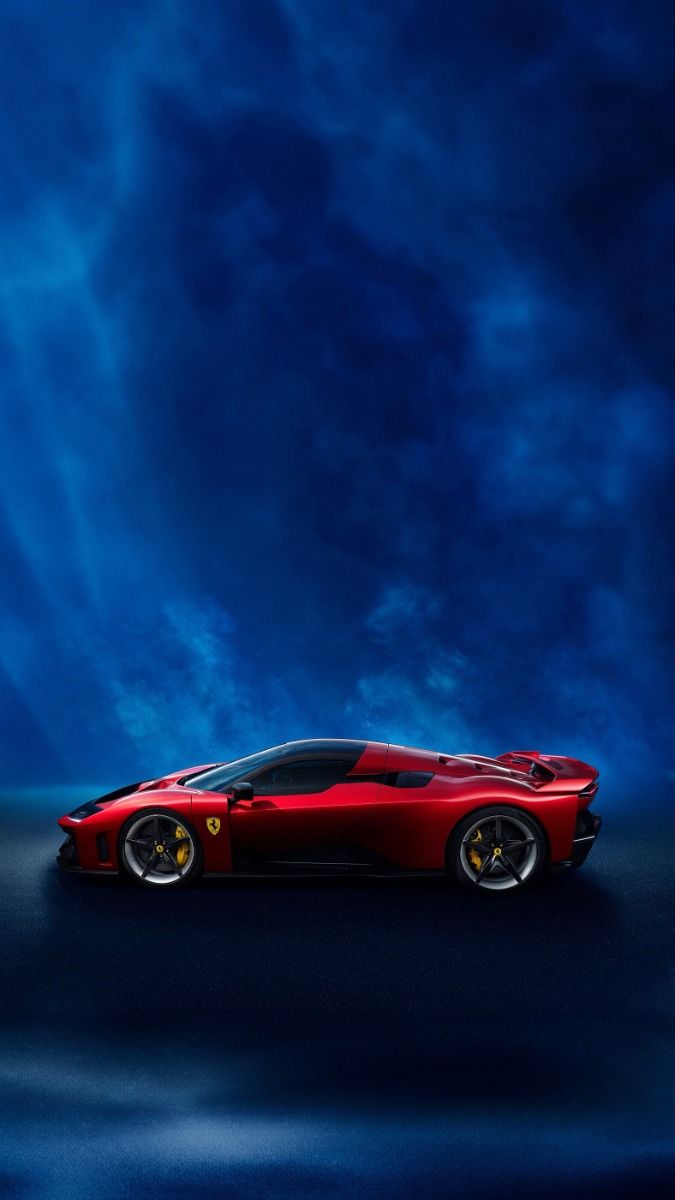
Zero to 100 km/h in 2.15 s. Zero to 200 in 5.75 s. 350 km/h at the top end. And, yes, the most powerful road-going Ferrari ever. If you’re tempted to say “but,” you’ve lost the debate.
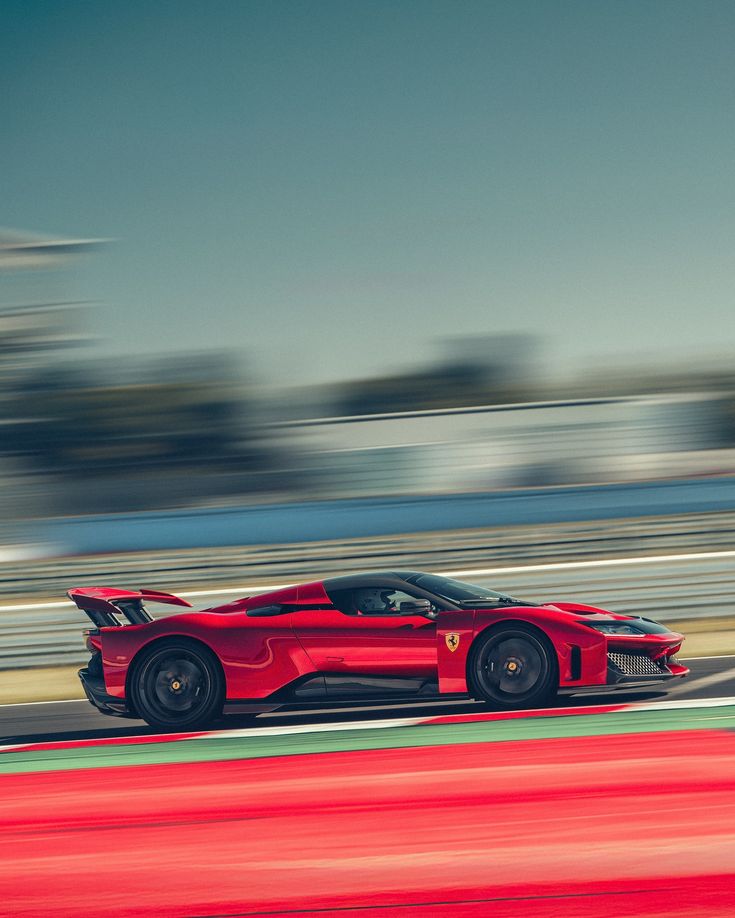
Ferrari let Charles Leclerc and Lewis Hamilton loose at Fiorano. Their verdict? The fastest road car they’ve ever sat in, with steering that feels wired to the cerebellum and balance that invites you to carry speed like a qualifying lap. When world-class drivers come back giggling and a little glassy-eyed, you don’t need another spreadsheet. You need a helmet.
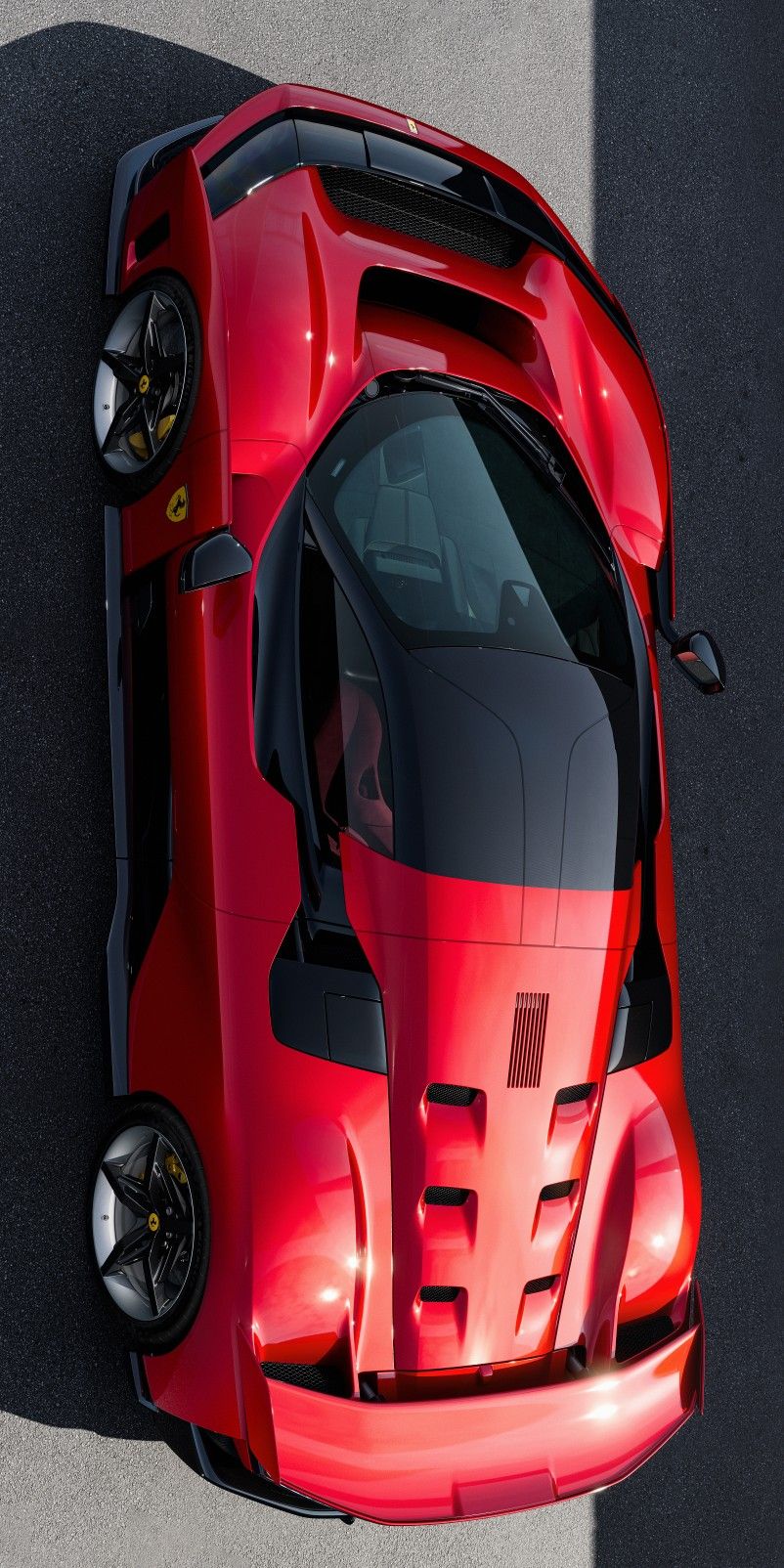
Ferrari has been turning air into lap time since the 250 GTO sprouted its first spoilers and the F40 became a rolling aero lesson. The F80 extends that line, not by polishing nostalgia but by weaponizing it—folding decades of wind-tunnel obsession (down to the Renzo Piano-designed facility that enabled Ferrari’s F1 golden era) into a silhouette that’s part prototype, part spacecraft, and entirely honest about its purpose. Beauty, here, isn’t a chrome smile; it’s the consistency of forces that let you brake later, rotate sooner, and fire out of the exit while everyone else is still negotiating with their rear tyres.

Of course it’s polarizing. So were disc brakes, ground effects and carbon tubs before we learned to crave their advantages. The F80’s surfaces are stretched over invisible vectors—pressure fields, vortex lines, cooling gradients—rather than over a catalog of classical “pretty.” To call it ugly is to judge a violin by the color of its case. Judge it instead by the fact that the wing, floor, and suspension talk to each other, that the battery, motors and V6 are orchestrated to fill torque troughs you’ll never feel, and that the car will hold well over a ton of downforce while still letting you drive to dinner with your bag tucked neatly behind the seats. That’s not a compromise; that’s competence.
Enrico Galliera said Ferrari builds a “once-in-a-decade” supercar when it has something to say; the F80’s message is blunt: this is the new grammar of speed. Manzoni’s team has reconciled audacity with ancestry, letting the F40’s language echo in a dialect written by CFD. And the racing department has made sure the sentences parse at 300 km/h. In photographs, it’s a shock. On a circuit, it’s a sentence that ends with a period, not a question mark.
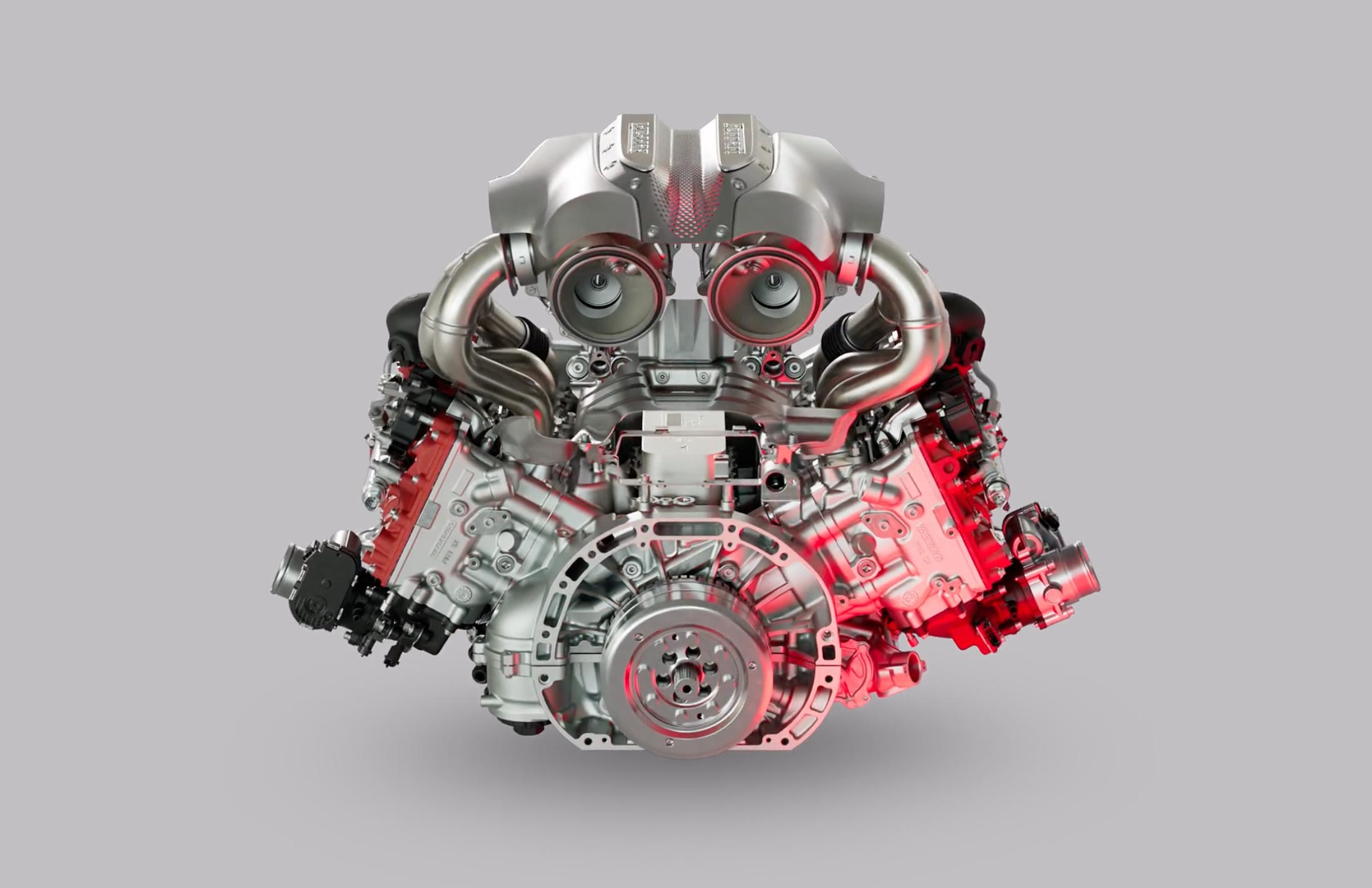

So no, the F80 isn’t “pretty” in the calendar-girlie sense. It’s correct—a high-velocity solution to a set of difficult equations. And correctness, when it also makes your ribcage hum and the braking zones evaporate, turns out to be rather gorgeous. Give your eyes a week. Your stopwatch won’t need one.
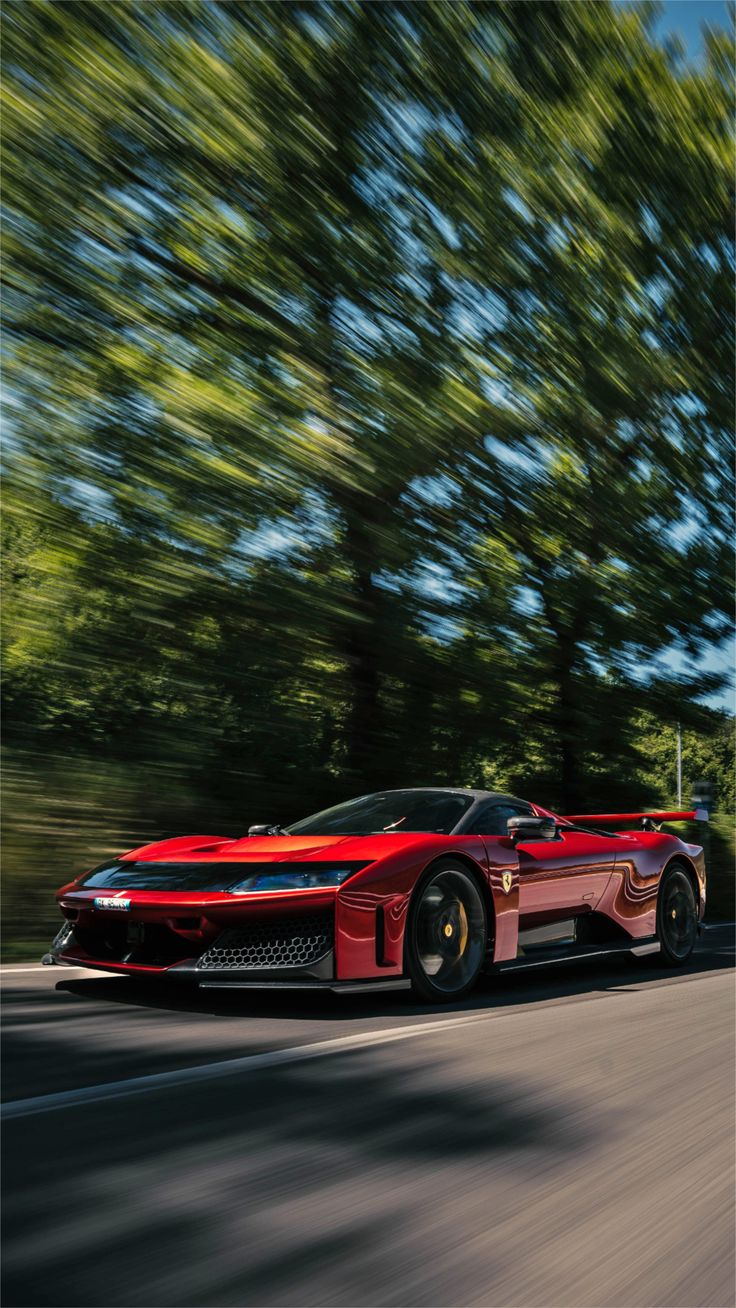
-